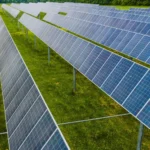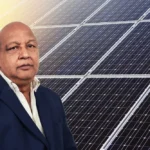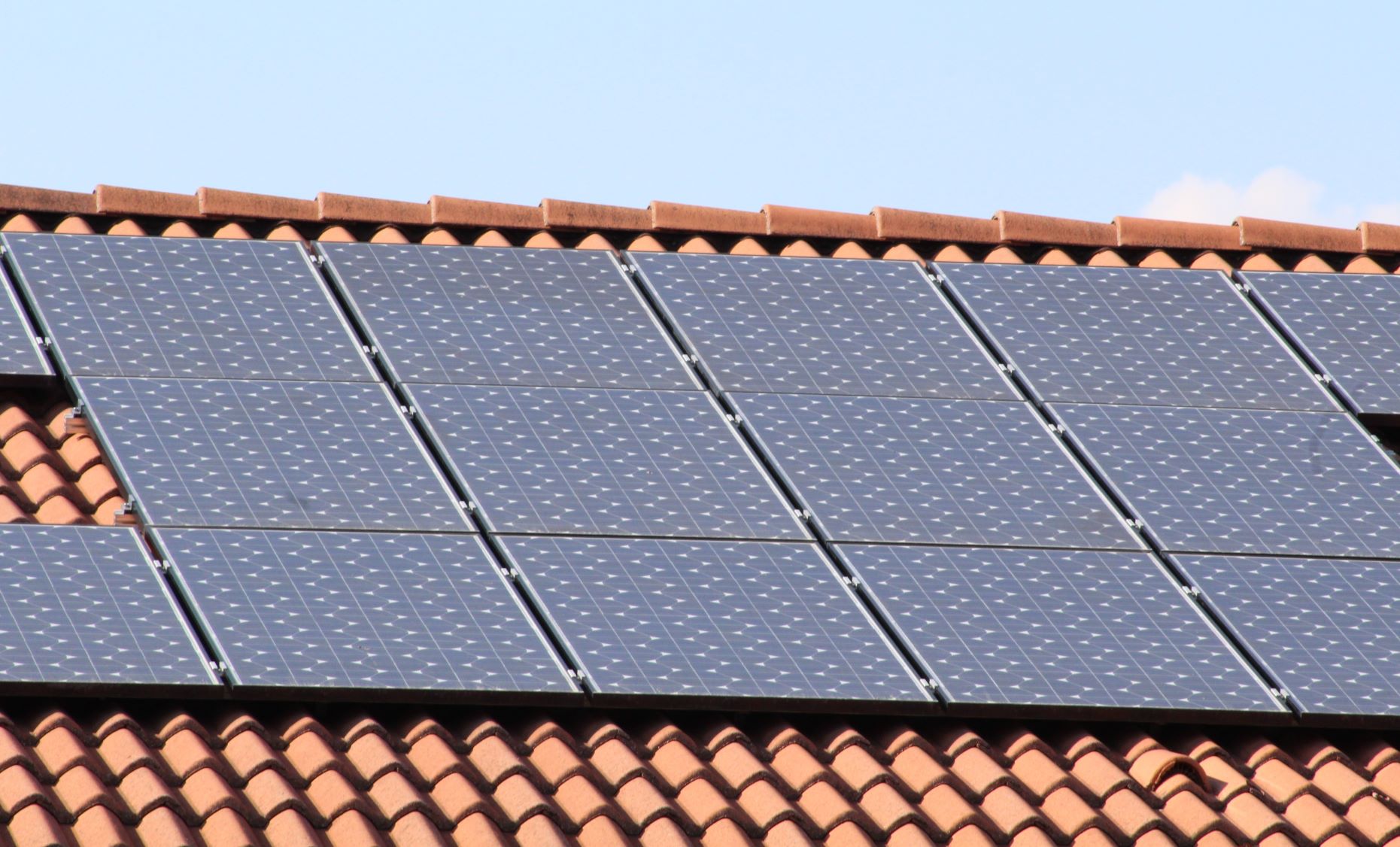How Are Solar PV Modules Made? Complete Guide to the Manufacturing Process
How Are Solar PV Modules Made? Complete Guide to the Manufacturing Process
To make a Solar PV Module, solar cells are joined physically and electrically.
Components of Solar PV Module:
- Glass
- Encapsulant
- Module frame
- Interconnectors
Steps for fabrication of Solar PV Modules:
- Cell sorting
- Contact Soldering
- Series interconnection of cells
- Preparing lamination assembly
- Laminate curing and polymerization
- Module framing & external connections
- Module I-V characterization
The first step is of sorting the solar cells (solar cells are tested and cells from same group are sorted). After sorting of cells, metal contacts are soldered in the form of metal strips, on the front side of the cells. The process of making metal contacts is known as tabbing. After this, cells are connected in series, this process is called stringing.
The above mentioned process can be done both manually and by automated technology. After stringing, stack of connected cells, glass, laminates and tedlar is prepared. After this process, the stack is kept in a machine called laminator. This process is called lamination. After the process of lamination, curing is done, where module is heated. During curing process, the polymerization of EVA occurs (formation of crosslink of chemical bonds). This process of polymerization makes the EVA sheet compact and provides strength and durability for long term. After this process modules are farmed using aluminum frames.
A plastic box containing electrical points for external electrical connection is added at the rear side of module which is called junction box. This junction box also contains bypass diodes. At the end, modules are characterized for their IV curve and power output.
Suggested Articles

Complete Guide To 100 kW Solar Setup Cost And Benefits In Uttar Pradesh
Planning to install a 100 kW solar power plant in Uttar Pradesh? This guide covers everything — from installation costs and available subsidies to long-term savings and payback time. Learn how investing in solar can reduce your electricity expenses and support a sustainable energy future for your business.

Everything You Need to Know About Solar System Earthing
Power factor after solar installation often fluctuates due to system design and load patterns. Learn the key causes, challenges, and solutions for better efficiency.

Net Metering and Its Advantages Explained: How Solar Users Save More on Energy Bills
Learn what Net Metering and its advantages mean for you—cut electricity costs, earn energy credits, and boost solar efficiency easily.

Why Is Investing In Grade A Panels Important?
Investing in Grade A solar panels guarantees superior performance, safety, and maximum return on your solar investment.

Yes, I Have Installed an Optimized Solar PV Rooftop System at My Premises
A solar power generating system converts sunlight into electricity for residential, industrial, and commercial use. This blog explains the components, working, and benefits of solar systems, helping you understand how to harness solar energy efficiently and sustainably.

Solar Panel Installation on Tiled Roofs: Complete Homeowner Guide
When you’re ready to install solar panels on your home, there are many factors that will determine the unique design and cost of your solar system. Various roof types require different processes for installation. For example, lightweight tile roofs can present unique challenges and considerations for a solar installer. Here are a few things you need to know before adding solar energy to your tile roof.

Solar Energy for Petrol Pumps: Benefits, Savings, and Implementation
Petrol pumps can significantly reduce energy costs and carbon footprint by adopting solar power. This guide explains the benefits, types of solar installations, and how fuel stations can leverage renewable energy for sustainable and efficient operations.

Updated Rates of Solar Subsidy in Delhi: Cost, Eligibility & Benefits
Discover the latest solar subsidy rates in Delhi for 2025. This guide explains the updated costs, eligibility criteria, and benefits to help you maximize savings on your rooftop solar installation.